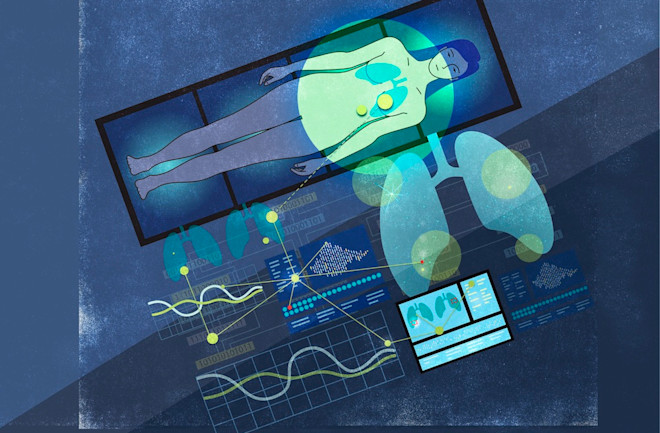This story was originally published in our July/August 2022 issue as "A Closer Look." Click here to subscribe to read more stories like this one.
Looking at the mammogram image, with its spiderweb of faint gray lines showing dense breast tissue, you wouldn’t suspect anything was amiss. No human radiologist would hesitate to give this Massachusetts General Hospital patient a clean bill of health. But the Mirai artificial-intelligence system, created at MIT, thinks differently. When it scanned the mammogram, it flagged the patient as high risk for getting breast cancer in the next five years. Ultimately, the machine’s hunch proved correct: the patient indeed developed breast cancer, just four years after the image was taken.

